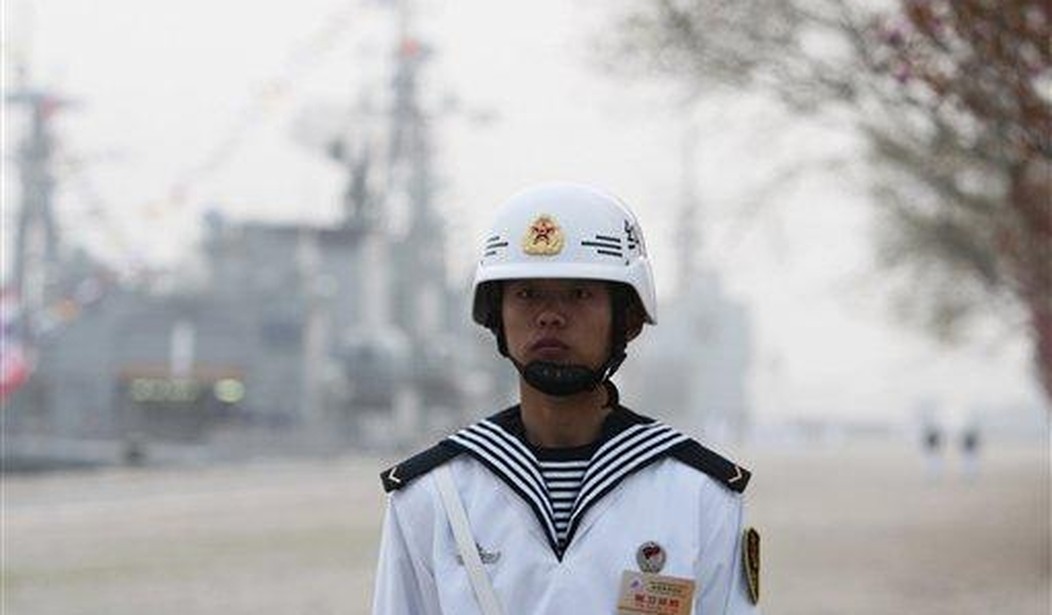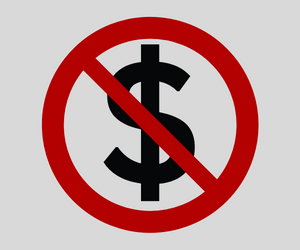Nov 17 2020 16:30@
Technology changes warfare over time. What 9/11 demonstrated was the potency of the VBIED in the hands of operators willing to die. But the next 9/11 is unlikely to be a duplicate of the first. It will more probably be a drone swarm attack against fully fueled airliners at a major terminal or perhaps a biostrike. Bill Kristol writes.
I’m told DOD has been ordered to plan further troop withdrawals, from Somalia, South Korea and Germany. Trump is doing his best to weaken America, our friends, and allies on his way out the door.
But what comprises American strength in 2021? Is a FOB on an Afghan hilltop or systems that can jam or dominate the electrogmagnetic spectrum on which drones and the secrecy of biotech may depend?
If you asked someone in November 1941 how to increase American strength the probable answer would be: build more battleships. But if you asked him in December the answer would be different. Do we really need more FOBs against the threat we face?
Nov 17 2020 14:00@
The most fundamental change since Sept 11, 2001, is that America is no longer strategically unchallenged. It faces at least two near-peer adversaries in China and Russia and a plethora of newly technologically empowered regional powers armed with missiles and attack drones.
Describing the war in Nagorno-Karabakh, Small Wars Journal writes, “It is not a sci-fi movie anymore: the war of the drone is reality and it is happening now.”
Efforts by the administration to withdraw from small wars in Afghanistan, Iraq, and Somalia are more than simply the political preferences of the current president. They are analogous to Britain’s consolidation of its scattered gunboat colonial navy into a Home Fleet to meet the rising German dreadnought challenge.
The gunboats, while quite capable of overawing primitive foes, were suddenly vulnerable should they face a near-peer adversary. By analogy, American units deployed in Afghanistan could be trapped and destroyed if conflict broke out with Russia.
The challenge of near-peer competition requires a rethink that, alas, has yet to become the focus of public attention. The rules for when to go to war have changed but maybe perception hasn’t.
Books: The Price of Panic: How the Tyranny of Experts Turned a Pandemic into a Catastrophe by Jay Richards. The human cost of the emergency response to COVID-19 has far outweighed the benefits. That’s the sobering verdict of a trio of scholars—a biologist, a statistician, and a philosopher.












Join the conversation as a VIP Member